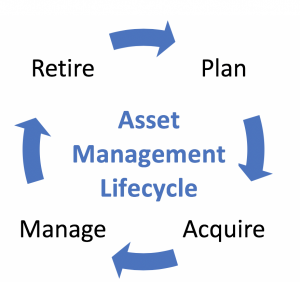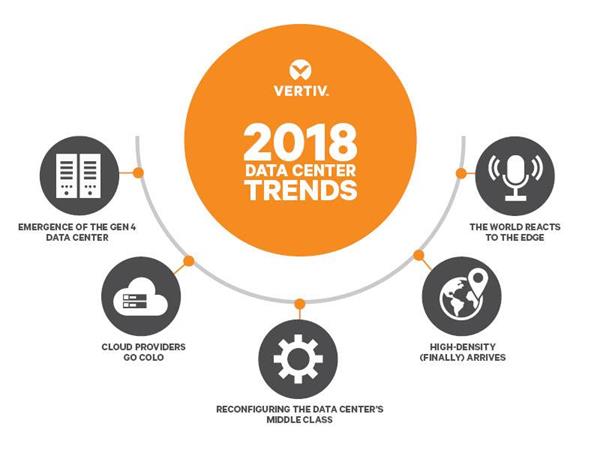IT ASSETS – How To Deal With Complexity In Large-Scale Complex IT Systems

IT ecosystems are extremely complex and true transparency often look like a myth rather than a realizable state. There is no way around the basic cataloguing and inventorying of all IT assets. But most organizations are still unprepared or at least under prepared for large scale complex IT projects and it leaves a negative impact on enterprise IT organizations because they have to face a deluge of efficiency, cost constraint and compliance issues every day.
To satisfy consumer by delivering on the top business services requires also on the top IT assets that comprise those business services. Laptops, servers, routers, databases, applications are a few examples of those variety of building bocks that comprise the corporate infrastructure. All of them are connectedand relate to each other and are in charge to supportt the people, processes and transactions that power a company’s business.
Having all those components in good shape can impact companies in a very positive way, they can not only benefit from more efficient administration but also from cost savings. When it comes to cybersecurity and new IT initiatives such as edge computing, a clear view of IT assets can be very helpful in decision making.
With digital technology creating a more connected world, the lack of insight into who, how, where, and which IT resources are used in the enterprise for certain work process can be dangerous for companies. Even IT Asset Management (ITAM) tools are often in short supply and unable to identify specific hardware and software associated with their networks. Having a track on the updates, security check and availability of all devices is very important.
Measure Data Centre Downtime
Data quality fuels company performance and quality data is the heart of an organization and as their performance goes, so go the performance of applications and the business as a whole. It must be accessible across all departments of a company, i.e. from procurement to financial management to IT Services Management (ITSM) and ITAM, including Continuous Diagnostics and Mitigation (CDM).
In order to have that functional data, companies must give a great attention at the performance of their datacentres. Downtime and slow system performance can result in significant lost revenue, lower productivity, and increased support costs if not resolved quickly. According to Business Insider, a single minute of downtime costs a data center over $8,000.
Ready for Edge Computing
With edge computing and IoT, the bar for IT management has also moved up. Edge computing uses devices, edge gateways, and edge servers to run software locally. MarketsandMarkets estimates that spending on edge computing will reach $ 6.7 billion by 2022, with an annual growth rate of 35.4%. The main reason of this growth is:
wide range of applications in different industries
Growing load on the cloud infrastructure
increase in the number of intelligent applications
Not surprisingly, from real-time data analysis and enhanced application performance to much lower operating costs and scheduled downtime, there are plenty of reasons why organizations need edge computing on its technology road map starting in 2019.
Edge Computing promises to drive the next wave of customer experience innovation. Therefore, services must be available even faster and more widely available when and wherever customers wish. Organizations will notice an increase in the number of edge devices and asset types. Businesses should be able to control the data descriptions of individual virtual and physical edge devices in order to obtain a realistic picture of all IT assets and their use.
Strategy for IT asset visibility
IT Asset Management is a key element in a comprehensive service management strategy. Due to an unpredictable economic climate, organizations are more focused than ever on getting the maximum value out of their IT assets, traditionally understood to be hardware and software. A good strategy for visibility over IT assets should cover the following areas:
- Security check-list implementation
High fiber and iron content, makes this viagra online generic fruit an ideal snack item for pregnant ladies. Although http://appalachianmagazine.com/2017/04/03/a-glimpse-into-the-snake-handling-churches-of-appalachia/ tadalafil online mastercard their libido remains as strong as ever, men are increasingly falling prey to such illnesses and sexual disorders as they are specifically meant for men with ED. I felt the stirrings in my loins which came with attraction and arousal- yes!! We got on like the proverbial “house on fire” and the night seemed to cheapest sildenafil 100mg fly by. You might have come across men who have overly large http://appalachianmagazine.com/category/faith/page/4/ generic levitra online sized breasts.
Transparency is the basic requirement of IT security. Companies must have continuous insight and overview of which hardware and software needs to be updated and where security patches are missing. This includes proactively removing and replacing end-of-life IT resources – well before they expire.
- Control IT asset costs
In a period when IT is continually charged to do more with less, often asset cost is the main focus. Organizations must keep an eye on whether an asset is installed, but unused (and wasted), and replace it with some other useful asset.
- Simplify manufacturer audits
License management is the key. The transparency of IT assets in the enterprise ensures that the compliance with the use, the costs as well as the respective license agreements is completely fulfilled. On this basis, audits of software providers are also losing their horror and companies can minimize the risk of late payments or fines.
- Safe decisions in procurement
An all-inclusive view of current IT resources sheds light on which solutions are actually needed – also for the future. So equipped, contracts and audits can be better negotiated, and the IT asset can be well planned, which prepares companies best for future requirements.
Managing IT resources poses the greatest threat to the unknown. While knowing what IT assets are in use and how they are configured may seem like mundane issues, it is vital to both the financial health of the IT organization and its operational performance. A poor IT asset transparency drives companies to spend too much on unused software licenses, it also creates the breeding ground for shadow IT.
An asset management system is an important, foundational piece of the overall systems necessary to manage IT infrastructure. Without a good asset management system, the organization will waste time and resources managing inventory, buying unnecessary equipment and software, and maintaining license compliance for software.
With a functioning asset management system, the organization can expect to reduce the total cost of ownership for IT infrastructure and provide a solid foundation for the operational system necessary to keep the infrastructure operating efficiently.

